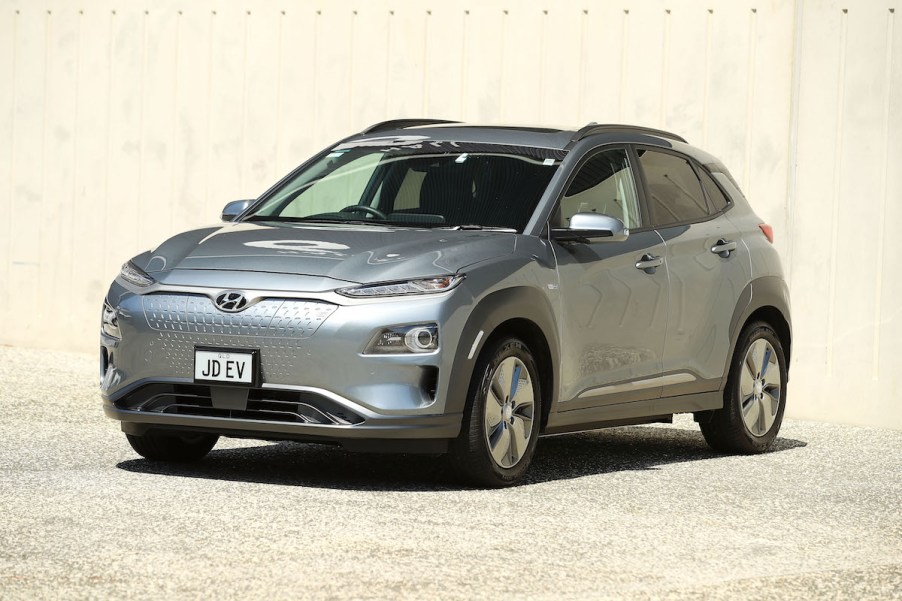
The 3 EVs With the Best Range for Cold Weather Driving
As more and more drivers transition from gasoline-powered vehicles to electric vehicles(EVs), questions about common concerns are being answered. The primary concern to EV drivers is the ability to keep their EV charged for the desired drive, or at least to the next charging station, which has been a significant concern for drivers. While manufacturers list EVs’ driving range, many factors can affect this range, particularly weather.
Gas-powered vehicles are affected by the weather. In fact, according to FuelEconomy.gov, gas-powered cars lose 20% of their fuel conservation at 20° F. Still, the amount of cold weather that affects EVs is significantly more extensive. In part, this is due to the traditional reason drivers use heat, which consumes more energy. Still, it is also due to lithium batteries performing poorly in cold conditions. Manufacturers are aware of the issue and have rushed to find solutions resulting in some EVs fairing much better than others. After Norway tested 20 EVs in cold weather conditions, three EVs came out on top.
Hyundai Kona Electric

InsideEvs reported on a test run by the Norwegian Automobile Federation(NAF). The federation tested 20 EVs in snowy conditions through city streets and at least one mountain pass till the battery was completely depleted. Overall the EVs were found to have an average range 18.5% lower than the manufacturer’s listed range. Of course, averages have a high range pulling them up and a low range pulling them down.
The Hyundai Kona Electric has received positive reviews across the board, and the NAF test was no different. The Kona Electric performed the best on NAF’s test. It has a reported driving range of 449 km and ran for 404.5 km. This equates to a 9.91% loss, which is significantly under the average 18.5% average.
Volkswagen e-up!
Another EV that scored much better than average is the Volkswagen e-up!. Although never introduced in the United States, the e-up! was a popular European entry-level EV. InsideEVs reported the e-up! was the second best-selling EV in Germany in 2021. In addition to being economical, the e-up!’s battery fared much better than average in cold weather. The popular EV’s range only dropped from 311 km to 279.3 km, about a 10% loss.
Hyundai Ioniq
The popular Hyundai Ioniq has impressively fast charging capabilities. Its creators hoped to make an EV that not only ran like a futuristic car but also looked like one. The interior is futuristic and luxurious with a space-like feel. Luckily, the creators didn’t stop making a car that looked like it was from the future. The Ioniq performed better than average in NAF’s cold-temperature test. The Ioniq’s range dropped from 311 km to 279.3, which equates to a 10-11% range loss.
Changing Market
Although the three EVs above were at the top of the performance list in NAF’s test, the market is quickly changing. Manufacturers are producing and improving their EV lines every day.
GreenCars listed the Audi E-Tron Quattro SUV, Ford Mustang Mach-E, Jaguar I-Pace, and the Subaru Solterra as all showing promise on wintery roads. Their picks include all-wheel drive and additional features such as superior suspension, ample ground clearance, regenerative breaks, and more.
Yet, while many car manufacturers race to improve their EVs for all driving conditions, others are falling behind. The Chevy Bolt has performed poorly on cold-weather tests and has run into controversy regarding fire risk.
Tesla is also struggling with reports that the Tesla Model X is not living up to its high price tag. Several other EVs have subpar ranges, such as the 2022 Mazda MX-30 and many others.


